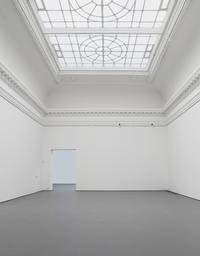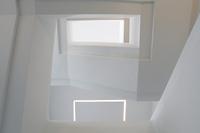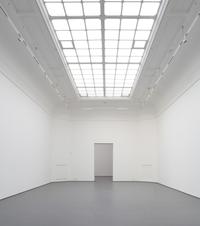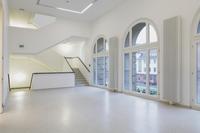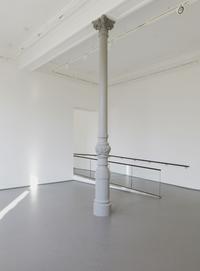Kaiser Wilhelm Museum
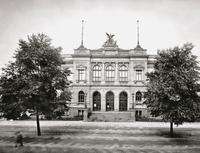
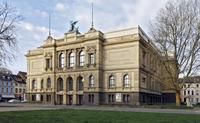
1897 Foundation
The foundation for the Kunstmuseen Krefeld was laid with the opening of the Kaiser Wilhelm Museum. The building on Karlsplatz fulfilled the function of both a museum and a memorial to Kaiser Wilhelm I.
Under the management of the first director, Friedrich Deneken (1857 – 1927), it soon developed into one of the most progressive museums in the field of fine and applied arts and architecture. Paintings, sculptures, posters, ceramics, Japanese woodcuts and everyday objects were presented with the aim of creating a style and promoting a new form of "good taste".

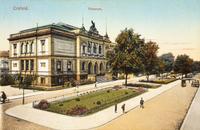
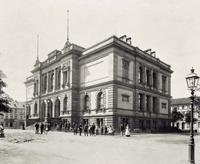
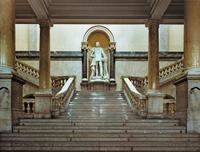
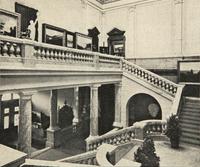
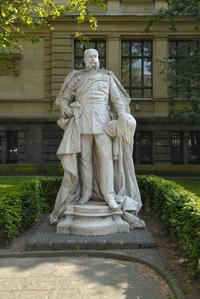
Nordseite des Kaiser Wilhelm Museums, nach 1979, Foto: Volker Döhne
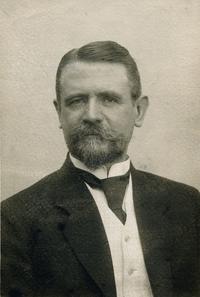

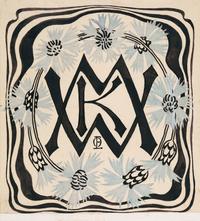
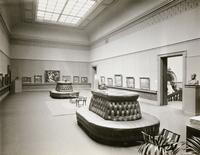
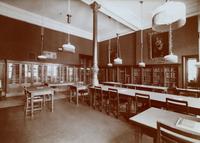
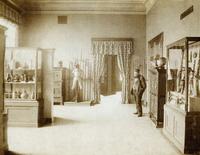
1912 extension
Shortly after the Kaiser Wilhelm Museum opened, an extension was planned for reasons of space, which was realized in 1912 with a south and north wing. The museum was closed in 1942 due to the war. The building, which now mainly served as a museum of fine art, survived the Second World War unscathed. After 1945, the rooms were also used by municipal offices and institutions until the 1960s.
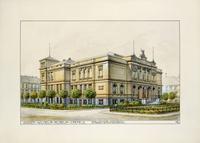

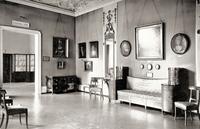
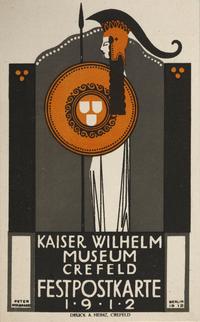
1923 Johan Thorn Prikker
On the second floor is the mural Age of Life by Johan Thorn Prikker (1868 – 1932) depicting the cycle of life. The artist created the cycle in fresco-secco technique (on a dry layer of casein) for the site in 1923.
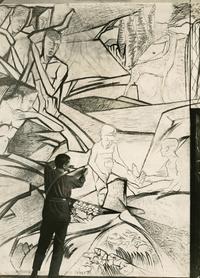
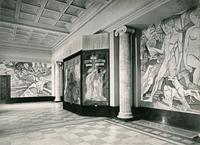
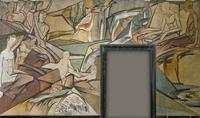
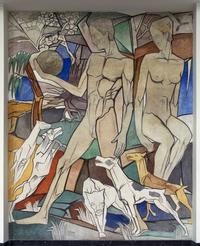
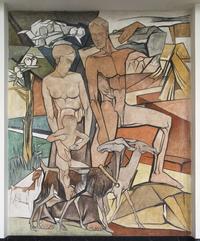
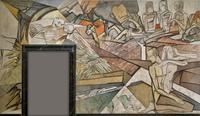

1969 Modernization
Under director Paul Wember (1913 – 1987), the museum was extensively modernized between 1960 and 1968. This first structural measure in the era of the Federal Republic of Germany also led to the dismantling of many symbols of the Kaiser Reich: the Hall of Honor with the Imperial Staircase was removed. The outside staircase with its representative function was demolished. Since then, the entrance to the museum has been at ground level with the square. This direct entrance was intended to set an example of openness in the still young democracy of the 1960s. The statue of the emperor was removed from inside the building and reinstalled outside the museum in 1979. The name 'Kaiser Wilhelm Museum' was retained and continues to trigger controversial discussions to this day.
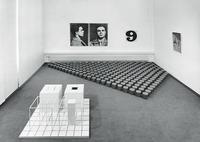
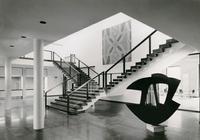
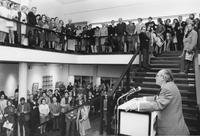
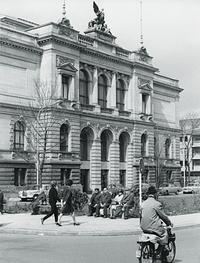
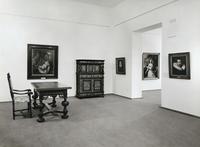
The building today
From 2012 to 2016, the Kaiser Wilhelm Museum was renovated from top to bottom and refitted in keeping with international climate and safety standards. The historical substance was restored, reconstructed and rebuilt in keeping with landmark principles. As such, original construction elements from the time of the turn of the 20th century can now be encountered in the interior modern sequences and up-to-date technology.

